On Monday, April 14th, Social Media Editor and Staff Writer Rory Collins attended a talk hosted by the Institute of Global Politics on whether Irish Reunification will be achieved by 2030.
In a conversation led by Adam Tooze (Shelby Cullom Davis chair of History at Columbia University) and monitored by Stephanie McCurry (American Historian and Professor of History), guest speakers Brendan O’Leary and Niall Ó Dochartaigh took turns discussing their personal expectations for possible Irish Reunification by 2030. O’Leary, an Irish, European Union, and American political scientist, is currently researching Irish Reunification after the release of his newest book, Making Sense of A United Ireland, in 2022. He is currently a Lauder Professor of Political Science at the University of Pennsylvania. Many of his contributions to this panel stemmed from the ideas he lays out in the book, which mainly analyzes how to prepare for Irish reunification as fast as possible. Niall Ó Dochartaigh, on the other hand, is a professor of political science at the University of Galway and is currently a Fulbright-Ireland Fellow at New York University. He has also had his fair share of works published, though his contribution to the panel came more from the perspective of an academic and current Irish citizen.
Tooze started off the panel with the question on everyone’s mind: “Why are we talking about this right now?” The discussion of Irish reunification has been present in recent years, but even Sinn Fein (a radical Irish political group in Northern Ireland) was not doing much to make it possible until post-Brexit Ireland. O’Leary answered this question with a proposition about demography, stating that the demography of Northern Ireland is changing dramatically. Now, with a culturally Catholic majority in Northern Ireland, the Protestant-Catholic majority in the partition of Ireland has not been upheld. That being said, O’Leary stated: “You can’t really have an electoral majority on the basis of the demographic majority, that requires the young to grow up, and roughly speaking, around 2030 is when I expect there will be a cultural Catholic electoral majority of Northern Ireland.” If the Catholic youth of today are to grow up enough to vote by 2030, the vote will shift dramatically, hence why this discussion must be had.
Following Brexit, Northern Ireland was taken out of the EU, despite having a 56-44% majority voting to remain in; O’Leary described Northern Ireland as “forcibly” removed. O’Leary stated, “It’s important to set out the economic prospects and to show how unification can be an economic success,” meaning that economics will play a role in how voters view unification. He referred jokingly to an Irish rule of Northern Ireland as a “Pagan Rule,” for it would be more secular and ethnically diverse than the current British Rule. He raised the question, “How will the UK perform to make Ireland less attractive?” The country’s economy is not doing great right now; however, the UK has been the home of Northern Ireland for about a century. Is it plausible for Northern Ireland to accept the Republic as its own, or would the cultural shift be too much for it at the moment?
Ó Dochartaigh took a stab at the question next, determining, “What’s striking about Brexit is that even though it created this huge surge, predominantly of those of a Catholic Nationalist background, it didn’t convert the bulk of those in the middle who don’t strongly identify as either Unionists or Nationalists.” He made the point that though it may seem like voters would entirely swing toward reunification, the UK “consistently hovers around the 50% mark” for those who want to stay there. He referred to the current moment of grand allure surrounding the reunification of Ireland, noting that if reunification were to happen, the current levels of support, which fall short of a majority, could decline over time rather than increase. Ó Dochartaigh then emphasized that the Republic of Ireland and Northern Ireland have been separated in their jurisdictions for over 100 years now, and among Nationalists in the North, there is a feeling of being “left out” from a project for about a century.
Tooze then moved the conversation to a more logistical standpoint, questioning the usage of the word “reunification.” He asked if “reunification” is the right term, and what is its implication? O’Leary led the conversation again, noting that Irish Nationalists would argue that the term should be “RE-unification” rather than just “unification.” Technically speaking, in the making of the treaty in 1921, the British wrote that the Irish Free State would be recognized as having domestic sovereignty, but it also insisted that the Irish Free State give Northern Ireland the right to opt out of the Irish Free State. What happened in the treaty, then, was Northern Ireland opting out of the Free State. The British propagandists presented this settlement in a way that made it sound like an Irish choice, but in reality, their government’s step-in was a British solution to an Irish self-determination issue. Ó Dochartaigh followed up on O’Leary’s point, concluding, “the term reunification suggests you’re putting back together something that was divided, and I don’t think anyone in 1921 would have denied that something had been divided. They called it the partition of Ireland, so ‘reunification’ just seems like a fairly straightforward description.”
Tooze posed his final official question to O’Leary and Ó Dochartaigh: “As historians, how do we envision this happening?” O’Leary was quick to the punch in answering that his biggest thesis on the matter is preparation. He believes that, though a controversial statement, the government should be drafting up plans in case of the possible reunification, and if the people themselves are not preparing for it, they will get caught in a difficult situation in which two million people are added to their country and they are not ready for it. However, he does say that the people may not vote to start these preparations yet because “they want to know if they vote on referendums, what they are voting for.” In the past the Irish have been burned by bad governmental rules, mostly by the British, and the Republic must be ready to outline all of their ideas on the matter to their citizens and the citizens of Northern Ireland before taking it to vote, otherwise they will not get the answers they are looking for.
The secondary piece to the reunification of Ireland would be acknowledging the British and Northern Ireland-born citizens of the country. Currently, in Ireland, the Republic will only allow Irish citizens to vote. However, those in Northern Ireland hold EU passports. When this issue was brought up by Tooze, O’Leary responded, “I don’t expect British Identity to disappear, so this means accommodation of a national minority with persistent national characteristics. The Good Friday agreement ensured that if a United Ireland happens, those who are of British heritage and those born in Northern Ireland will be entitled to British citizenship, at least as long as the UK government plans to keep it.” O’Leary feels that the Republic must modify the constitution to allow those who insist on being British to participate only in constitutional referendums, as currently only Irish citizens can vote for the President and such. They also must decide if Northern Ireland will begin to exist under Irish sovereignty, as it would be painful culturally, especially for Unionists, to change sovereignty and be fully pulled into another nation. The combining of the two nations has a lot more logistical issues now due to the Brexit citizenship questions and will require further discussions and compromises if reunification is to happen.
So, if the Republic of Ireland got serious about reunification, how would that go down? Ó Dochartaigh answered the question with many of his questions, such as “When should reunification happen?” “How close in votes do you need to be?” and “How realistic does the possibility need to be?” As stated before, the meaning of reunification and the possible consequences need to be outlined so voters know what to do in both the Republic and Northern Ireland, and it may take more than five years to get voters to a place of contentment with the governmental switch. It is also true that if the Republic and Northern Ireland were to merge, there would be a political double majority, making this a less comfortable conversation for some voters. The conversation then continued onto audience- and moderator-specific questions, which mainly concerned whether or not 2030 was a reasonable year by which to expect a reunification. Overall, the event was very informative, and each speaker was a true expert in their field with lots to offer up even in times of debate. As a student of the Irish language and someone with Irish heritage myself, I find this topic to be extremely dividing in some circles of my life, so it was nice to fully understand and contemplate the consequences and actions that need to be taken for reunification to be done successfully.
Editor’s Note as of April 25, 2025: This article has been updated to clarify quotes and context and to correct Brendan O’Leary and Niall Ó Dochartaigh’s titles.
Image via Bwarchives


 0 Comments
0 Comments